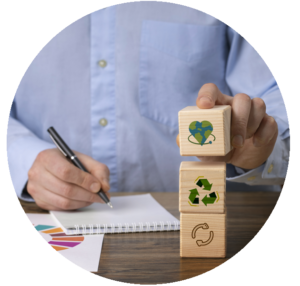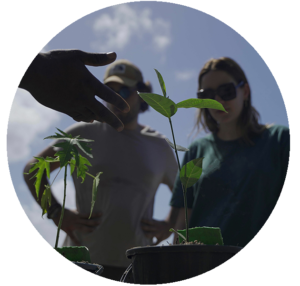Our laboratory grown diamonds are created in similar conditions as naturally grown diamonds below the surface of the earth. Our experienced scientists have created an environment that has a combination of high pressure and high temperature. It is the exact same condition in which a diamond grows naturally.
Diamonds are grown using two processes:
High Pressure, High Temperature (HPHT) method
A rough HPHT lab-grown diamond is grown from a small diamond seed. The diamond seed is placed in an environment that contains carbon (the molecular component of diamonds) and a metallic liquid which will help the carbon to settle around the diamond seed. When applying the tremendous pressure and temperatures, under highly controlled conditions, the small diamond seed begins to grow, atom by atom, molecule by molecule, emulating nature’s process.
The temperature used is 1500 degrees which is almost the melting point of steel and the pressure used is 70 bars which is equivalent to the pressure of the Eiffel Tower put upside down on the tip of your finger.
The whole process results after a few weeks in a rough diamond which is later cut and polished like any other diamond and finally finds its place in a piece of jewellery.
















